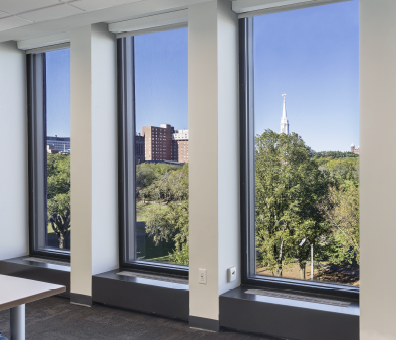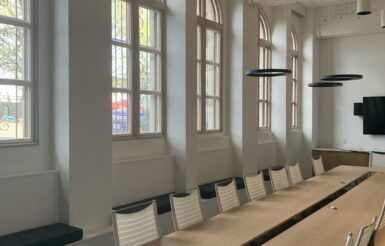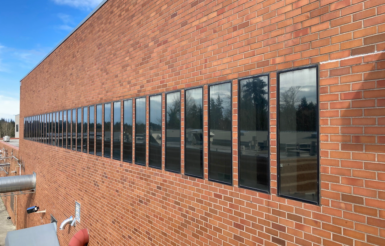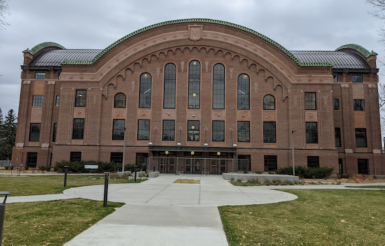The goal was to make this building as efficient as possible, thus doing the right thing for the environment and also producing a very good return on our investment.
Introduction
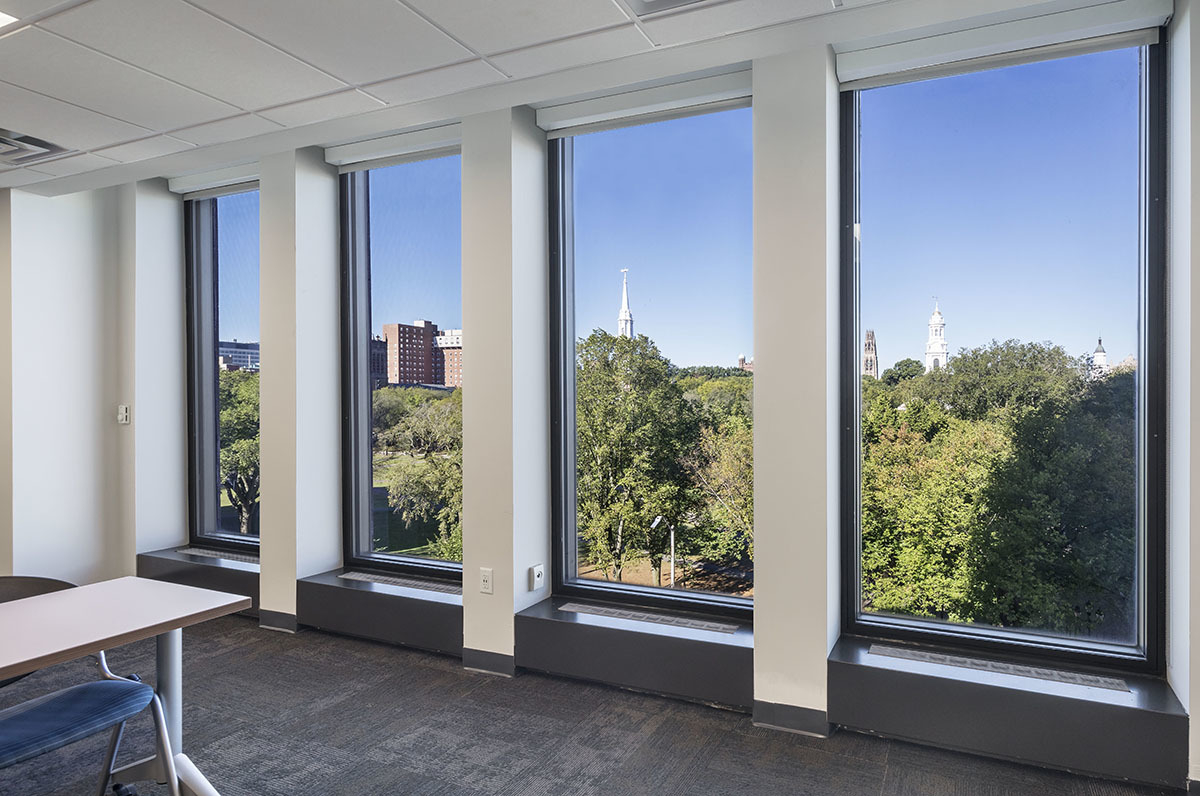
Built in 1974, the 195 CHURCH building located in New Haven, Conn., is undergoing a $6 million retrofit, including upgrading to LEDs and high-performance windows featuring a secondary glazing system. With 70 percent of the floors now complete, the property’s tenants are already experiencing increased comfort, and the building owners—195 Church Street Associates, LLC—are seeing significant annual energy savings. In fact, the project is on track to save $203,000 per year on Church Street Associates’ electricity bill.
“The goal was to make this building as efficient as possible, thus doing the right thing for the environment and also producing a very good return on our investment,” said Christopher Vigilante, CEO of Northside Development Co., the building’s property management firm.
Antiquated Windows Leave Energy Costs Wide Open
With 224,000 square feet, 18 floors and concrete construction, 195 CHURCH reflects the low-efficiency materials and style of the 70s. The original windows were manufactured before low-e glass and improved thermal breaks in the aluminum framing were available. In addition to the aging windows, the property’s all-electric baseboard heating and variable-air-volume system with electric reheat contributed to the approximately $800,000 the building owners spent annually on utility bills.
Upgraded Windows Hold The Key To Savings And Comfort
Seeking to improve the building’s energy efficiency, Northside worked with Globelé Energy, LLC, to create a multi-phased plan, including updating the 43-year-old windows and installing LED lighting. To help select the optimal window system, Northside partnered with Apogee Building Retrofit Strategy Team to create an annual forecast showing the potential savings of adding a secondary glazing system with low-e coated glass to the existing window. Performance predictions were provided on annual energy, peak demand and daylight energy use. This led to the selection and installation of Wausau 1297 SEAL™ Interior Accessory Windows.
“Today’s energy-efficient windows can dramatically lower the heating and cooling costs associated with windows, while increasing occupant comfort,” says Apogee’s certified energy manager, Mike Sheppy. “Optimizing natural light can also contribute to a building’s energy efficiency and tenants’ wellbeing.”
Low-E Windows, Much Lower Energy Costs
The project is on its way to meeting, and potentially exceeding, its ultimate goal of reducing energy usage by 29 percent. The new window units, in combination with the LED upgrades, are anticipated to save 29 percent in electrical energy consumption annually. Estimates show a yearly electrical energy savings of $0.95 per square foot of floor space, reducing the owner’s roughly $800,000 annual electricity bill by $203,000.
“We believe that through correct energy purchasing and our load reductions from our energy savings programs we will reduce our bill by 50 percent,” concludes Vigilante.
More Comfort, More Productivity, Happier Tenants
In addition to energy savings, the upgrades also have a substantial impact on tenant comfort and satisfaction. The window improvements increase the number of hours in the year that natural daylight can be used by 21 percent, greatly reducing the tenants’ need to draw their blinds. And as increased natural daylight leads to increased comfort and higher productivity, the building owners can save up to $2,000 per employee per year in office costs. The new glazing will also keep the tenants seated in the perimeter more comfortable by significantly reducing radiant heat transfer. These improvements will allow occupants to sit closer to the windows, increasing the usable floor space of the building.
Many utilities offer incentives to offset the costs of retrofit projects. Talk to your utility about incentives that may be available in your area.
